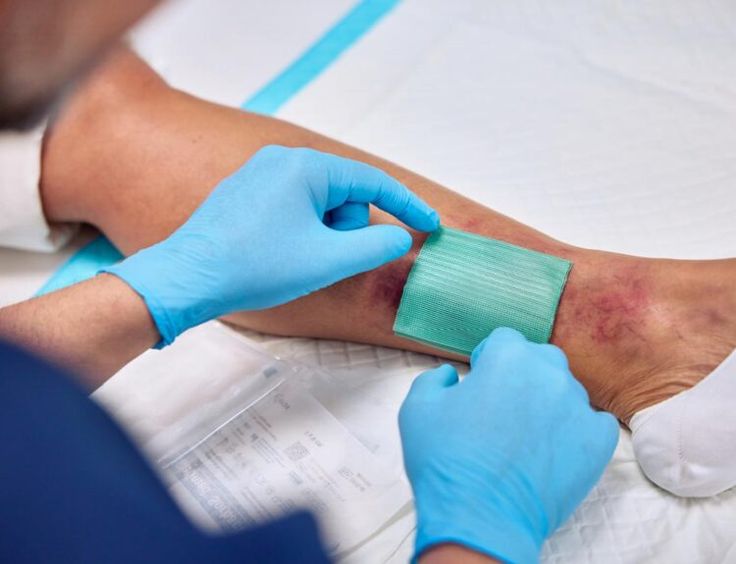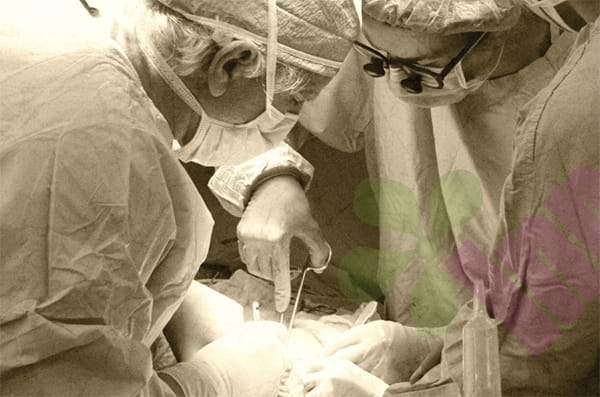Radiation dermatitis is a common skin reaction in cancer patients after radiotherapy, characterized by redness, dryness, and scaling in the irradiated area. In severe cases, it can lead to ulcers, exudation, and severe pain. This unique skin injury requires a targeted care plan to promote healing while alleviating patient discomfort.
What are the typical symptoms of radiation dermatitis?

The development of radiation dermatitis is usually divided into several stages. The initial symptoms are redness, dryness, and mild itching of the skin in the irradiated area, similar to sunburn. As the radiation dose accumulates, the skin will show obvious desquamation, and the color will change from pink to dark red. In severe cases, the epidermis will fall off, forming a moist erosive surface accompanied by serous exudation. The most severe radiation dermatitis will cause deep ulcers with visible necrotic tissue at the base, severe pain, and slow healing. These changes usually appear 2-3 weeks after the start of radiotherapy and last for several weeks after the end of treatment. Common sites for radiation dermatitis include the head and neck, chest, armpits, and other areas with thin and tender skin.
How to promote the healing of radiation dermatitis wounds?
Growth factor gel is an effective choice to promote the healing of radiation dermatitis. Recombinant human epidermal growth factor or basic fibroblast growth factor can stimulate the proliferation and migration of epithelial cells and accelerate wound coverage. When using, first gently clean the wound with normal saline, and then apply the gel evenly, 1-2 times a day. For deep ulcers, collagen dressings can be used in combination to provide a scaffold for cell growth. It is important to keep the wound moderately moist. Excessive dryness will delay epithelialization, and excessive moisture may cause maceration. Hydrocolloid dressings can maintain this balance well while reducing mechanical damage during dressing changes. Nutritional support is also critical. Patients need to increase their intake of protein and antioxidant nutrients to help repair radiation damage.
How to prevent and control radiation dermatitis infection?
Radiation dermatitis wounds have a high risk of infection, and silver ion dressings are an ideal preventive option. Silver ions have broad-spectrum antibacterial activity and can effectively inhibit bacterial reproduction without affecting epithelial growth. For wounds with more exudate, silver-containing foam dressings can absorb exudate and control infection at the same time. When changing the dressing, observe for signs of infection, such as turbidity of the exudate, the appearance of an odor, and the expansion of surrounding redness and swelling. Mild infections can be treated locally, while severe infections require systemic antibiotics. Pay special attention to hand hygiene in daily care to avoid cross-infection. Use a mild, non-irritating cleanser when bathing, and the water temperature should not be too high. Avoid scratching or rubbing damaged skin, and trim your nails to reduce unintentional damage.
How to relieve the pain caused by radiation dermatitis?
Lidocaine gel can be used topically to relieve surface pain, but be careful not to apply it to too large an area. Non-adhesive dressings can reduce pain during dressing changes, and hydrogel dressings also have a cooling and soothing effect. Oral analgesics should be selected based on the severity of the pain, ranging from non-steroidal anti-inflammatory drugs to weak opioids. Keeping the skin moisturized can relieve tightness and discomfort, and using alcohol-free and fragrance-free moisturizing products. Choose soft, breathable natural fabrics for clothing to reduce friction and irritation. Relaxation techniques such as deep breathing and music therapy can help distract attention from the pain. Pain may be more pronounced at night, and analgesic measures can be strengthened before bedtime.
When do you need to seek professional medical help?
Patients with radiation dermatitis who are receiving home care should seek medical attention promptly if they encounter the following situations. The wound expands or deepens rapidly, indicating that severe radiation damage may have occurred. The pain cannot be controlled by conventional methods and affects daily life and sleep. Obvious signs of infection appear, such as fever, purulent secretions, and spreading redness and swelling. Bleeding from the wound is difficult to stop on its own. The general condition worsens, such as a significant decrease in appetite and increased fatigue. These situations may require adjustment of the treatment plan, including specialist wound treatment, more powerful analgesic measures, or hospitalization for observation. For severe radiation dermatitis, multidisciplinary team collaboration is very important, including radiation oncology, wound care experts, and pain management experts.
Radiation dermatitis care is an important part of supportive care for cancer patients. With scientifically sound wound management, most radiation dermatitis heals gradually within weeks after radiotherapy. Early intervention, infection prevention, and effective pain relief are key. For more information on Innomed® Silicone Foam Dressing, refer to the previous articles. If you have customized needs, you are welcome to contact us; you can do so wholeheartedly. At longterm medical, we transform this data by innovating and developing products that make life easier for those who need loving care.
Editor: kiki Jia

 English
English عربى
عربى Español
Español русский
русский 中文简体
中文简体








